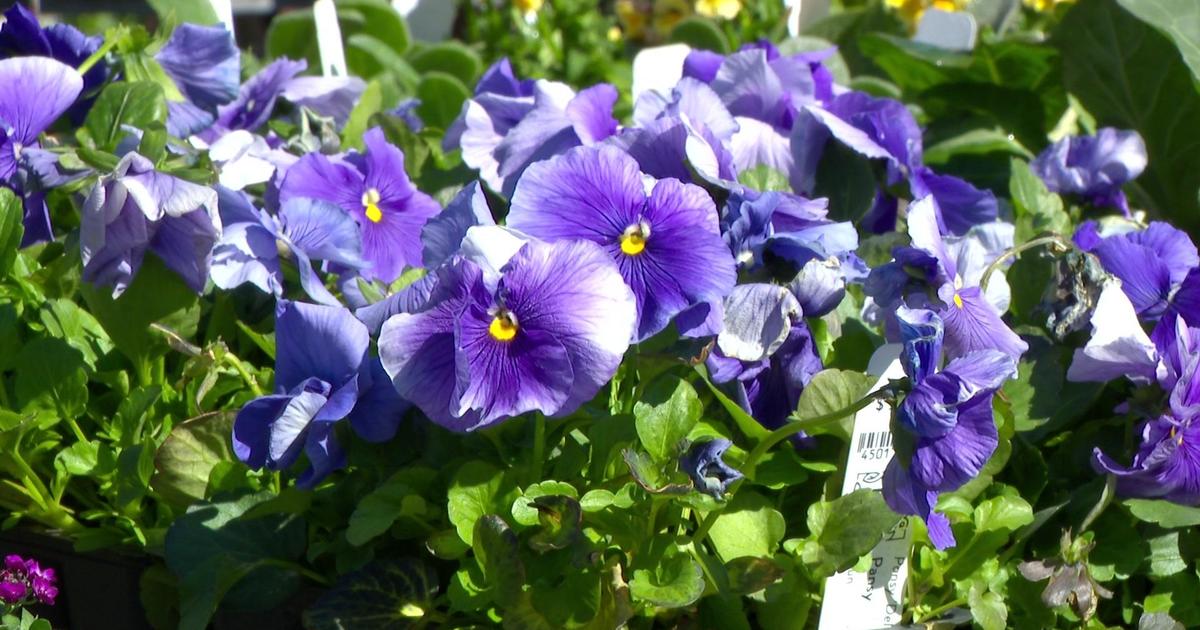Japanese Beetle Outbreak Among The Worst In Minnesota
ST. PAUL, Minn. (WCCO) -- Call it summer's version of beauty and the beetle – make that Japanese beetles!
"This year it's an epidemic, they've gone over to corn and soybeans now. And so it's not just ornamentals," said University of Minnesota entomologist, Dr. Vera Krischik.
Krischik has been studying the Japanese beetle for over 25 years. She says our warm spring weather was the ideal climate for the beetle larvae to survive in the soil.
When the adults emerged in late June and early July, the summer feast was on. Everything from birch trees to rose bushes, hostas, grape vines and vegetable gardens.
Though despite the unsightly damage to tender leaves, most plants should survive.
"They're only around until like the third week in August, so it's basically if you don't want to use pesticides in your backyard, you endure them and pick them off," said Krischik.
Japanese beetles invaded the east coast by accident a century ago. They were imported on ornamental plants into New Jersey in 1917.
"And they've slowly spread across the country. They got to Minnesota about 1990," said Krischik.
Largely, the beetles have been controlled by our state's colder climate. Cool, dry springs and summer droughts kept large outbreaks of beetles in check.
Only periodically would their numbers explode if we had a warmer than normal spring and a moist summer.
Normally, Lake Harriet's rose garden attracts visitors to its wide palette of colors.
"And I found this, they're not there," Eileen Sivert explained as she looked around for roses in bloom.
Instead, she saw the beds of roses decimated, swarming with hungry beetles feeding on the tender petals.
"I've seen them. I didn't know they did this to roses. It's devastating, because everything else is beautiful," Sivert said.
Many birch, apple and plum trees have leaves that now appear to be transparent. The beetles feed between the veins of the leaf.
What results is a tree that appears to be stripped bare of its important summer foliage.
"It's not automatically a death sentence," said University of Minnesota Extension entomologist, Jeffrey Hahn.
Hahn says the summer of 2016 was also one marked by large numbers of Japanese beetles, however this summer ranks among the worst we've seen.
"We've had some years, maybe three, four, five years ago, we were pretty low numbers, so compared to that these are definitely high numbers, they are very abundant," said Hahn.
He says the best control method is to target the larvae or grub worms in the soil before they emerge. However timing is critical and it is most effective to use a product such as Grub-X in early June.
You can also pick them off from rose bushes and vegetables and drop them in soapy water to kill the adult beetle.
There are some insecticides which contain the chemicals permethrin and carbaryl that are fairly effective.
But Hahn cautions, if you choose to go that route, he suggests spraying in the evening when pollinators like bees and butterflies are inactive.





